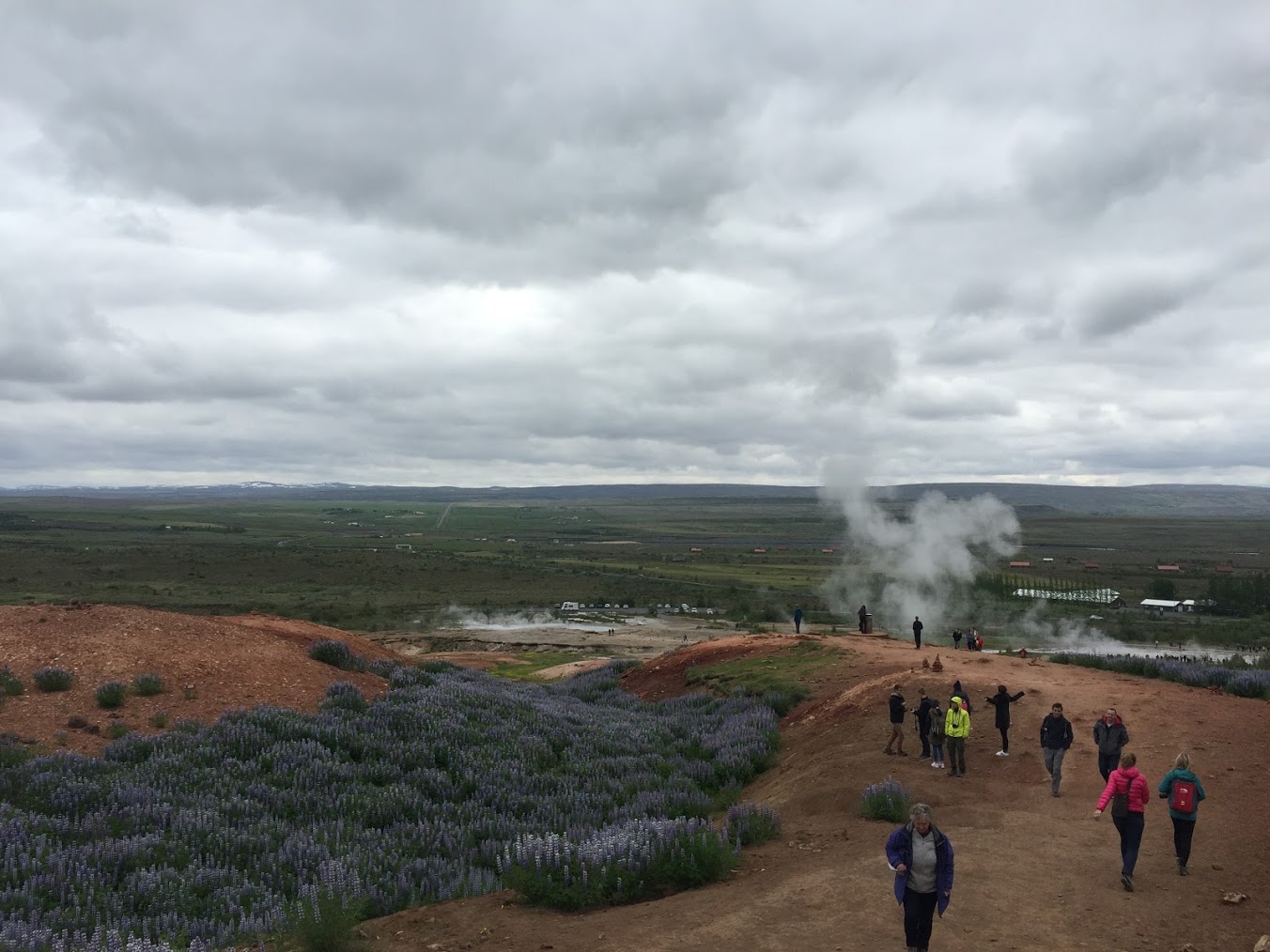I visited Iceland for a week on a class trip during the summer of 2016. One of the first things I noticed upon leaving the airport was the prevalence of the Alaskan lupine, a tall plant with beautiful violet flowers. It covered the fields, the mossy shores, and the mountainsides like an indigo wildfire. Our guide explained that although the plant was invasive, most Icelanders enjoyed the appearance of it and thus did little to prevent its spread. I lifted my camera to take more photographs of the plant, wholly agreeing with Icelanders’ sentiment.
Alaskan lupine was first introduced to Iceland in 1885. It was imported from North America, its native region, in 1945. Since then, the Icelandic Forestry Service (in 1960) and Soil Conservation Service (in 1986) have spread the plant to avoid the negative effects of deforestation, which has increasingly faced the country in recent decades, on erosion.
This government support has made the plant commonplace across Iceland’s countryside. Some have taken a liking to the plant for its photogenic nature, while others argue that its invasive growth endangers Iceland’s native species. Among these species are the Icelandic graymosses, lichens, and small shrubs that typically cover its lava fields. Beneath the shadow of the closely-packed lupine, which can grow to 60 centimeters, these plants are faced with declining sunlight and are eventually choked out.

Pretty as it may be, the Alaskan lupine promises to make potentially permanent changes to Iceland’s landscape.


